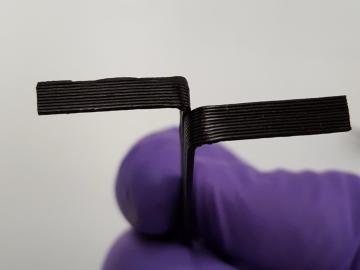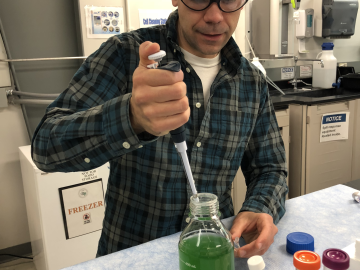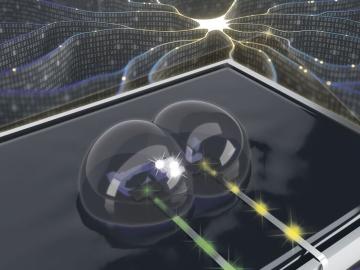Filter News
Area of Research
Date
News Topics
- 3-D Printing/Advanced Manufacturing (2)
- Biomedical (2)
- Clean Water (1)
- Computer Science (2)
- Critical Materials (1)
- Energy Storage (1)
- Environment (2)
- Fusion (1)
- Grid (1)
- Isotopes (1)
- Materials Science (3)
- Mercury (1)
- Microscopy (1)
- Molten Salt (3)
- Nanotechnology (3)
- Neutron Science (3)
- Nuclear Energy (3)
- Physics (1)
- Polymers (2)
- Security (1)
- Space Exploration (1)
- Transportation (3)
Media Contacts

Oak Ridge National Laboratory scientists have improved a mixture of materials used to 3D print permanent magnets with increased density, which could yield longer lasting, better performing magnets for electric motors, sensors and vehicle applications. Building on previous research, ...

Fusion scientists from Oak Ridge National Laboratory are studying the behavior of high-energy electrons when the plasma that generates nuclear fusion energy suddenly cools during a magnetic disruption. Fusion energy is created when hydrogen isotopes are heated to millions of degrees...

Oak Ridge National Laboratory has created new tools to better understand the nation’s waterways and identify potential sites to generate hydropower—a domestic renewable energy resource. The tools allow users such as scientists, resource agencies and industry to access information ab...



An Oak Ridge National Laboratory–led team has developed super-stretchy polymers with amazing self-healing abilities that could lead to longer-lasting consumer products.

A scalable processing technique developed by Oak Ridge National Laboratory uses plant-based materials for 3D printing and offers a promising additional revenue stream for biorefineries.







